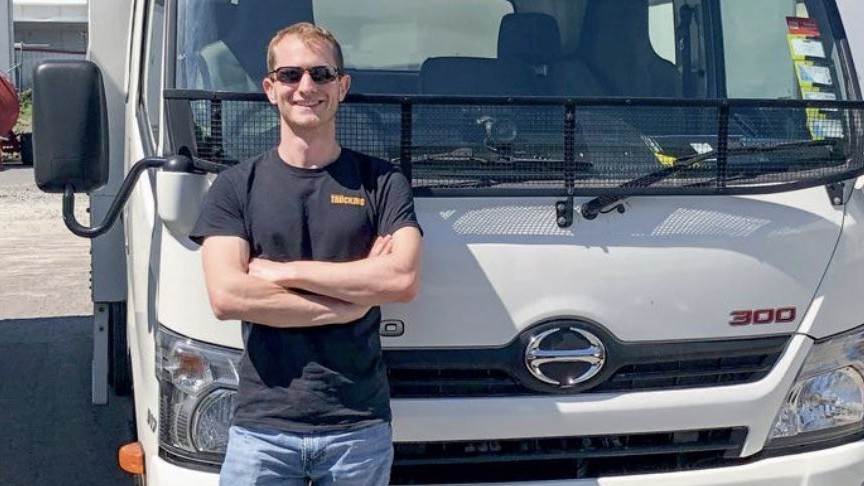
For a truck enthusiast, the sight of an oncoming pilot vehicle is usually enough to kick the endorphins into high gear. And if it’s a double pilot with some purple and orange lights, what will almost certainly result is a Hollywood-style exit from their vehicle… handbrake on, seatbelt off, out the door into a barrel roll as the cell phone camera is drawn, aimed and fired.
And they need to move fast because, more often these days, the over-dimensional might not be far behind. Wherein lies a problem witnessed more and more on the nation’s roads – there just is not enough distance and time between load pilots and their following loads when travelling on single-carriageway roads.
Enthusiastic truck photographers are, in fairness, at the bottom of the list of road users who need more time once the load pilot passes. For the average road user, the sight of an oncoming pilot vehicle on anything other than a wide open road might mean something far more hair-raising – probably including a spike in their cortisol levels and a dive for the hard shoulder while holding their breath.
And, ignoring my inner Hollywood action hero, I can understand why that might be. I was on the twisty Tahuna-Ohinewai road this week when I had a hair-raising encounter of my own with an over-dimensional. I met the crew at a point in the road where there was a blind right-hand bend, over a bridge and up a mild hill – meaning the truck would’ve been coming downhill, the driver needing to position his vehicle and load with enough space to cross the bridge, and then again to negotiate the left-hand bend. The specific problem I encountered was that I passed the pilot vehicle just as I entered the turn, and I met the truck just after crossing the bridge.
On with the anchors, the load closing in far sooner than I had expected, I moved the car onto the hard shoulder (if you could call it that on that road). It was one of those hold-your-breath moments. I even felt myself instinctively shifting my body in my seat away from the overhanging load as it passed by. All credit to the truck driver – he managed to keep his vehicle impressively far over to the left.
There couldn’t have been more than 150m, maybe – maybe 200m – between truck and pilot. That’s far less than the NZTA Load Pilot Code prescribes. It suggests approaching traffic should have five to 10 seconds between pilot and load – or 250m to 500m at open-road speeds.
It’s even a conversation that comes up between drivers, with some sharing the opinion that the lack of forewarning is borderline dangerous and others showing outright contempt for the piloted-transport fraternity. If I had a short warning by the pilot and little space alongside the load in my Honda, anything larger would’ve resulted in a stand-off. We’ve heard stories about those, too.
And really, that’s not what the industry needs – no shoddy piloting, no stand-offs between truck drivers or words exchanged over the CB, no frightened motorists in a situation with little time and less room to make decisions.
Never mind the guy who just wants to take a photo.
Take care out there,
Gavin Myers
Editor
Read more
Pouring concrete
0 Comments5 Minutes
What’s going on?
1 Comment4 Minutes




